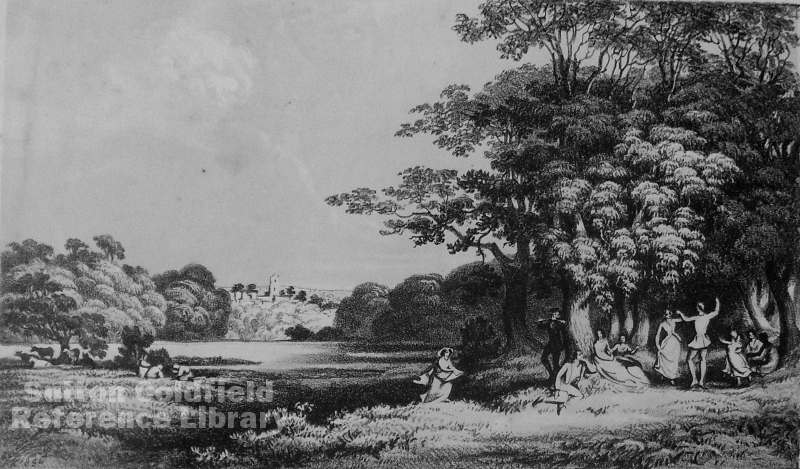“Thousands of our townsmen will be glad to find in Sutton Park the fresh air and recreation they cannot easily obtain nearer home” - so said the leader in the Birmingham Journal of May 31st 1862, anticipating the opening of the branch line to Sutton.
Reports of the opening of the railway line were fulsome in their praise of the park. “Nowhere else near Birmingham can the wearied citizen so fully and so freely luxuriate in the presence of the charms of nature” according to Aris’s Birmingham Gazette, and “many a hard-handed artisan has had his heart gladdened, and has cast off some of the carking cares of the week, while wandering through the woods and by the pools, by the glimpses of the sylvan beauty around him”. The Birmingham Daily Post for June 3rd also waxed lyrical “They may luxuriate under greenwood shades to their heart’s content, and on every hand will they meet something which will gratify the eye and elevate their ideas above the ordinary level of mental reflection.”
There was a banquet to mark the opening of the line, where most of the speeches outlined the material advantages of the railway. Mr. Holbeche said that land at Chester Road which had once been worth £20 an acre could now be sold for £300 an acre, and Dr. Bodington “hoped the Birmingham people would not come there to build tall chimneys but to inhabit pleasant houses and take the benefit of the park in getting a good healthy circulation and breathing.” By the time Mr. Wilkins spoke, much wine had been drunk, so his willingness to see tall chimneys in Sutton if it meant more money rather lowered the tone.
The Warden of Sutton, Joseph Wright, was in the chair at the banquet, and he introduced an element of romance in his opening speech “it was curious to think that on the first occasion the line had been used it had been to bring a director to marry a wife from Sutton Coldfield”, (Averilla Smith, a Sutton heiress, had married Henry Columbus Hurry). This theme was taken up by Thomas Lloyd, co-founder of Lloyds Bank, (he referred to himself as “a member of the upstart corporation of Birmingham”) who said (to great applause) he was glad “that the girls from Birmingham would have the opportunity of walking beneath the serene shades of Sutton woods, and that the young men could there make love to them.”

